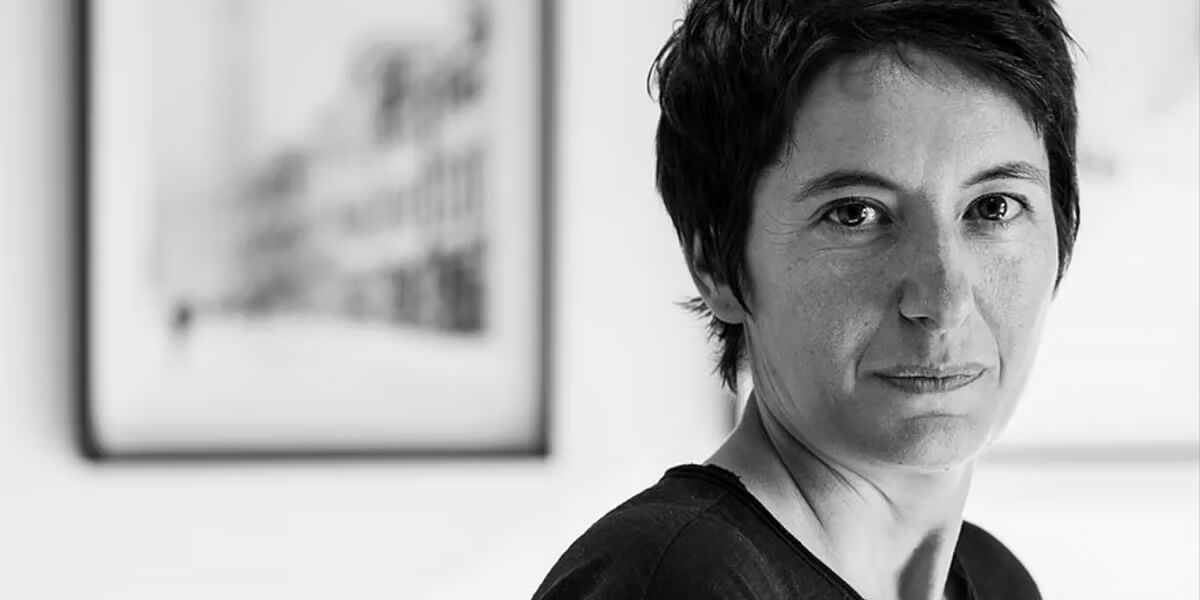Olga Karlovac lives and works in Zagreb, Croatia. She has exhibited widely across Europe with recent solo shows in the UK and Belgium. Her photography has been featured in renowned publications including Black+White Photography and Frankfurter Allgemeine Zeitung.
Self-taught and inspired by abstract expressionists and poets rather than photographers, Olga Karlovac published her first photo book in 2017. Her subsequent trilogy encompassing 'before winter', 'the disarray' and 'escape' has been well received with the first edition now fully sold out.
Olga captures the drama of the everyday in her work, intuitively releasing the shutter to hold on to the comfort derived from the interplay of shadow and light. Her subjects are never staged, fleeting moments seemingly captured in slow motion. Taken exclusively in black and white, often at night, through windows or in rainy conditions, the resulting images appear both abstract and painterly.
